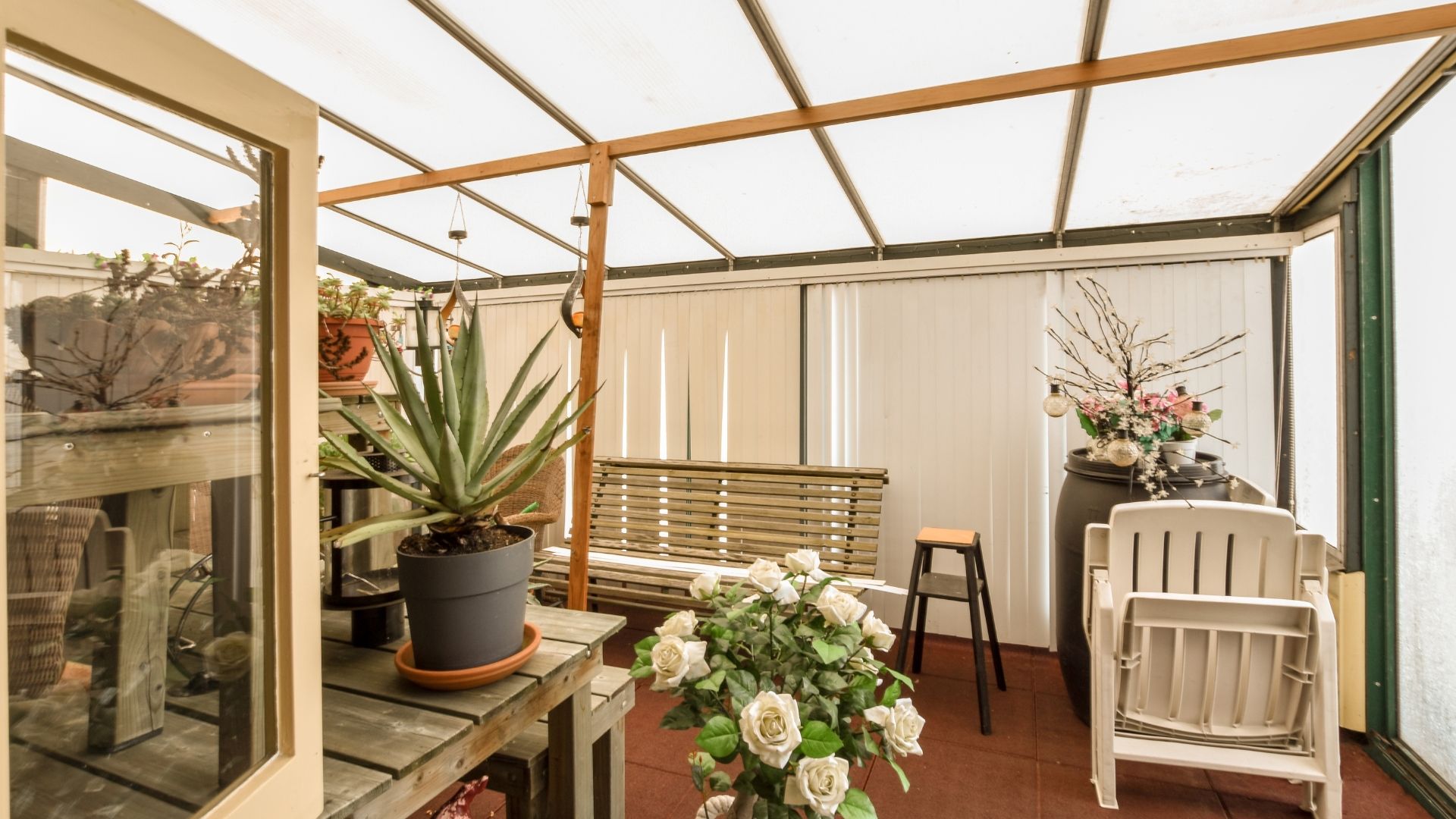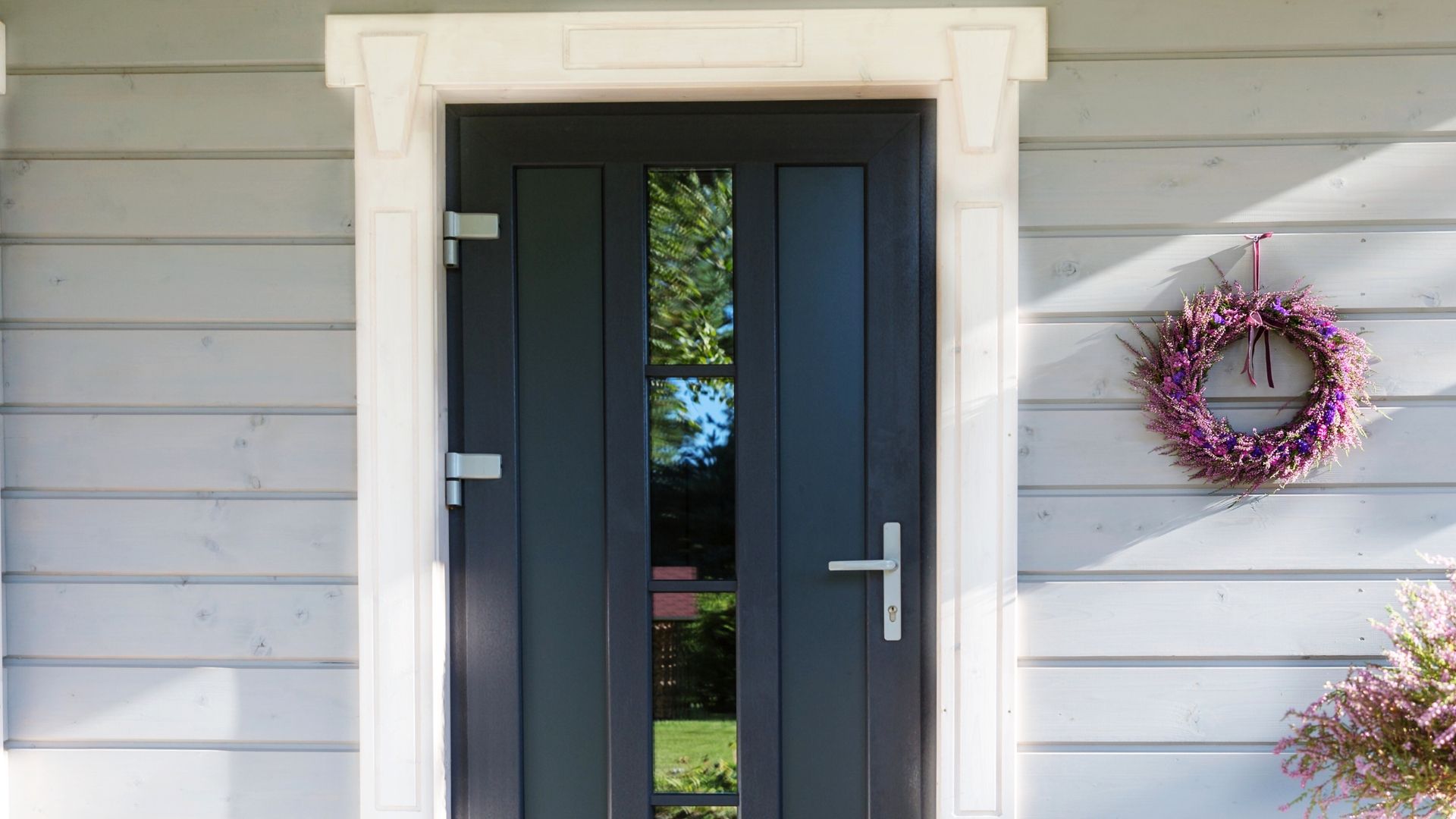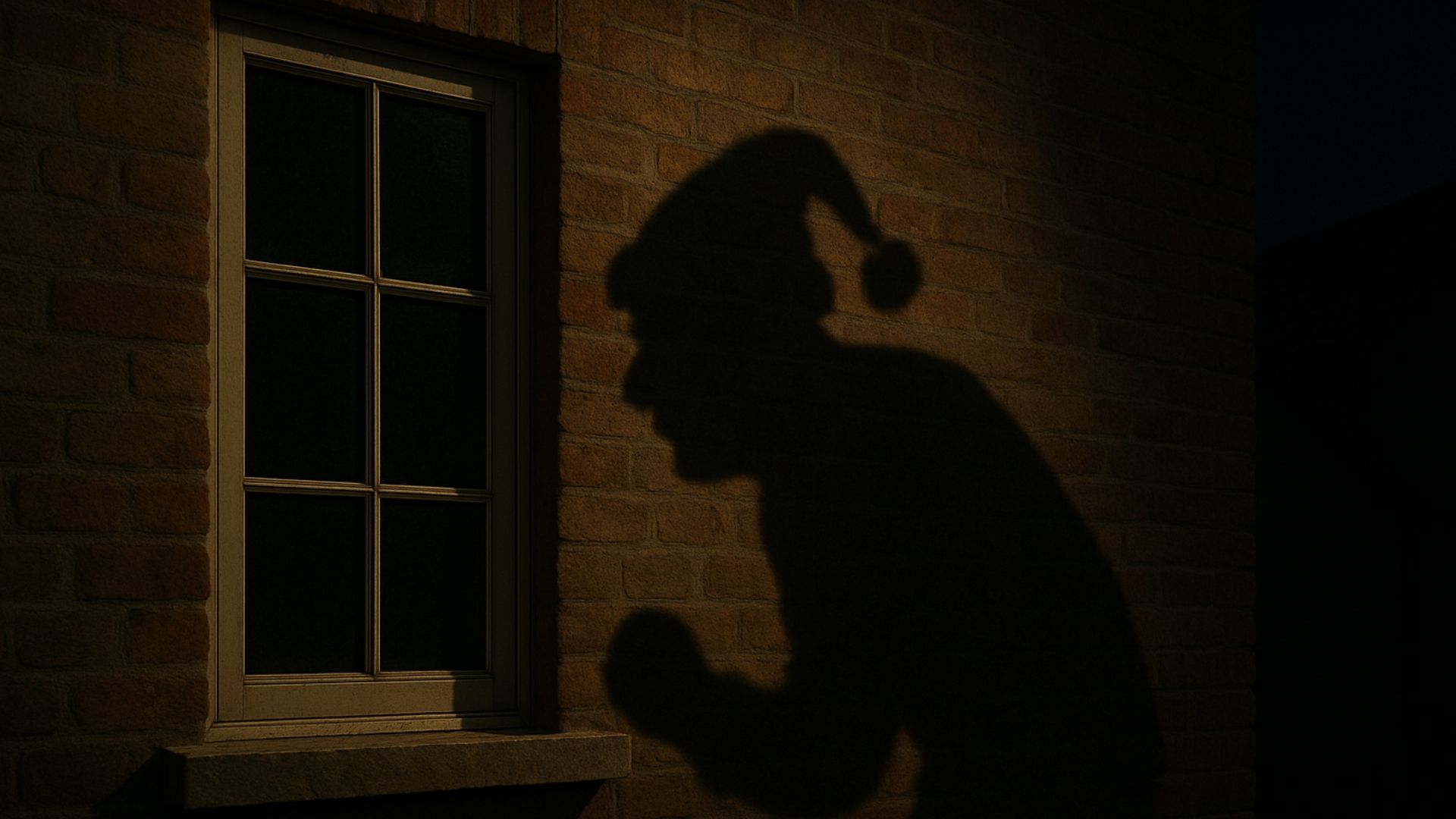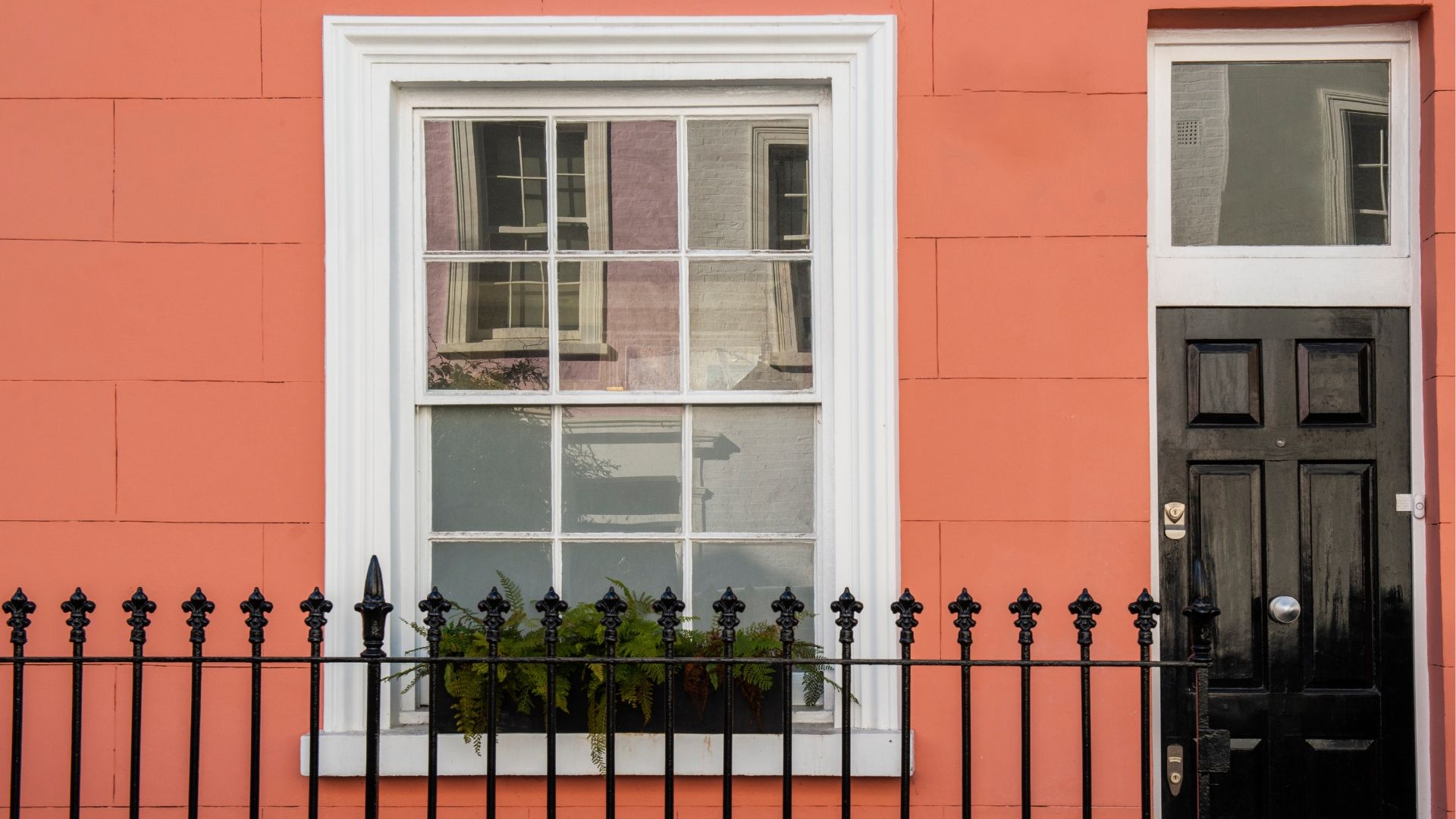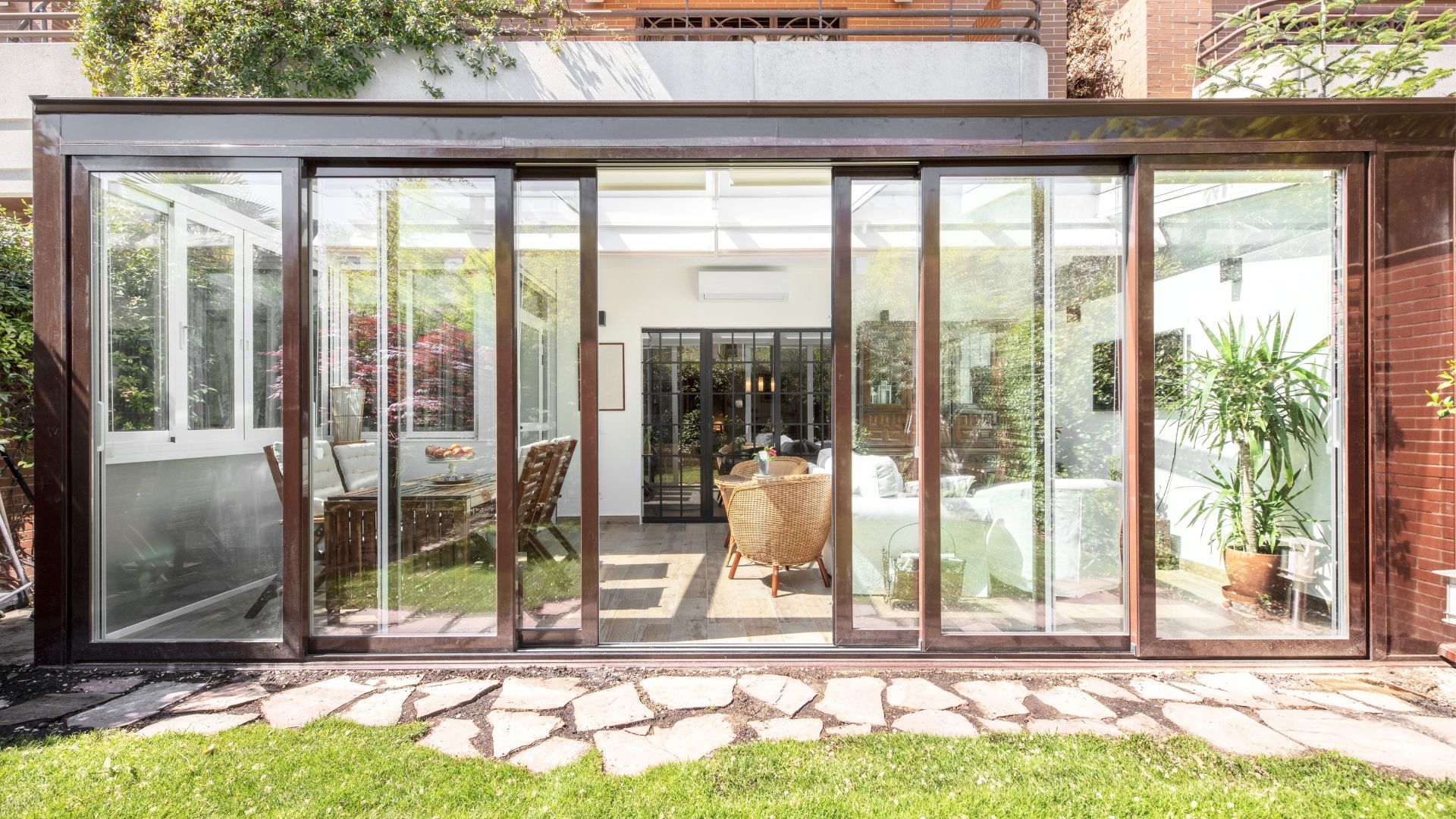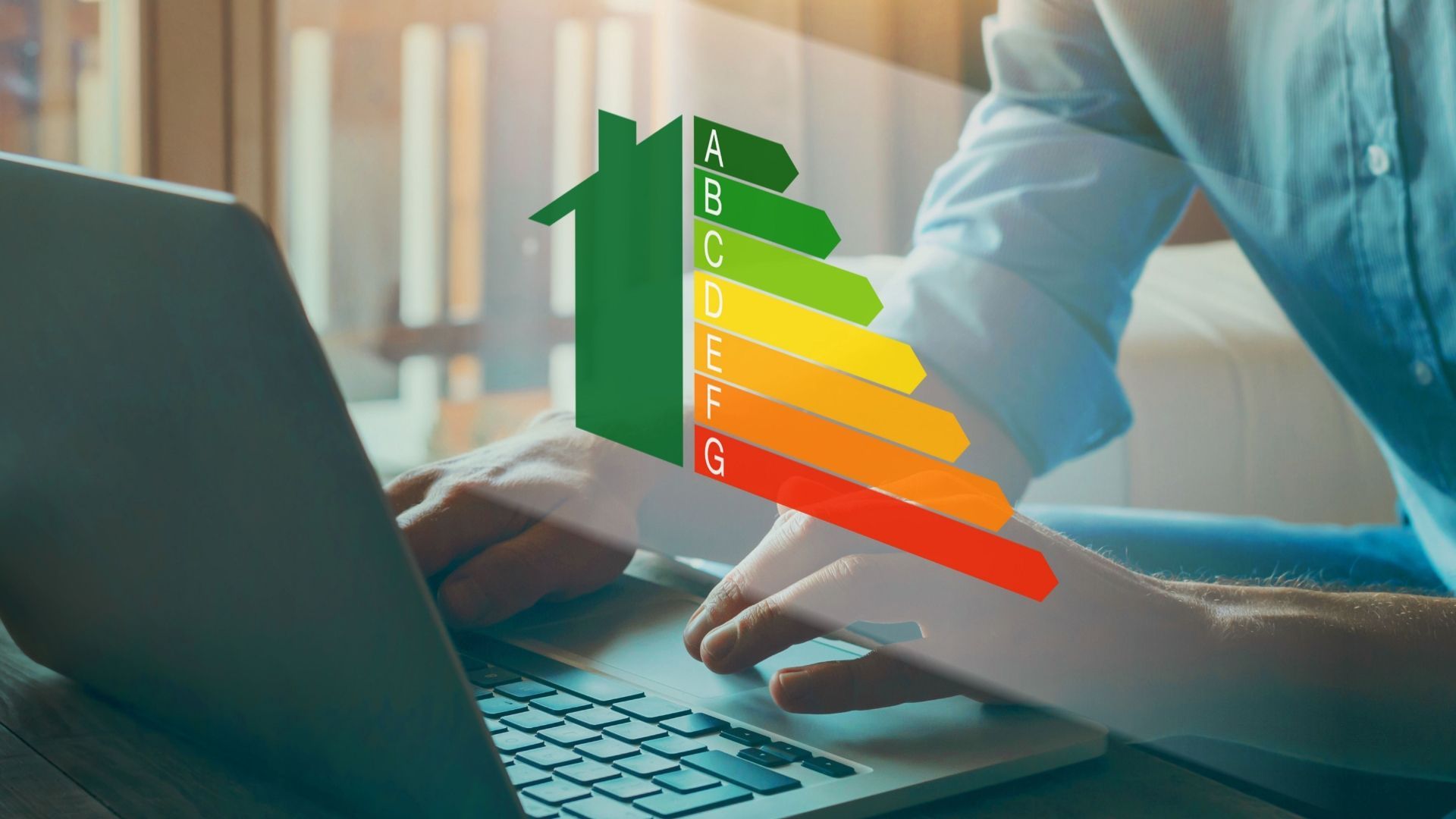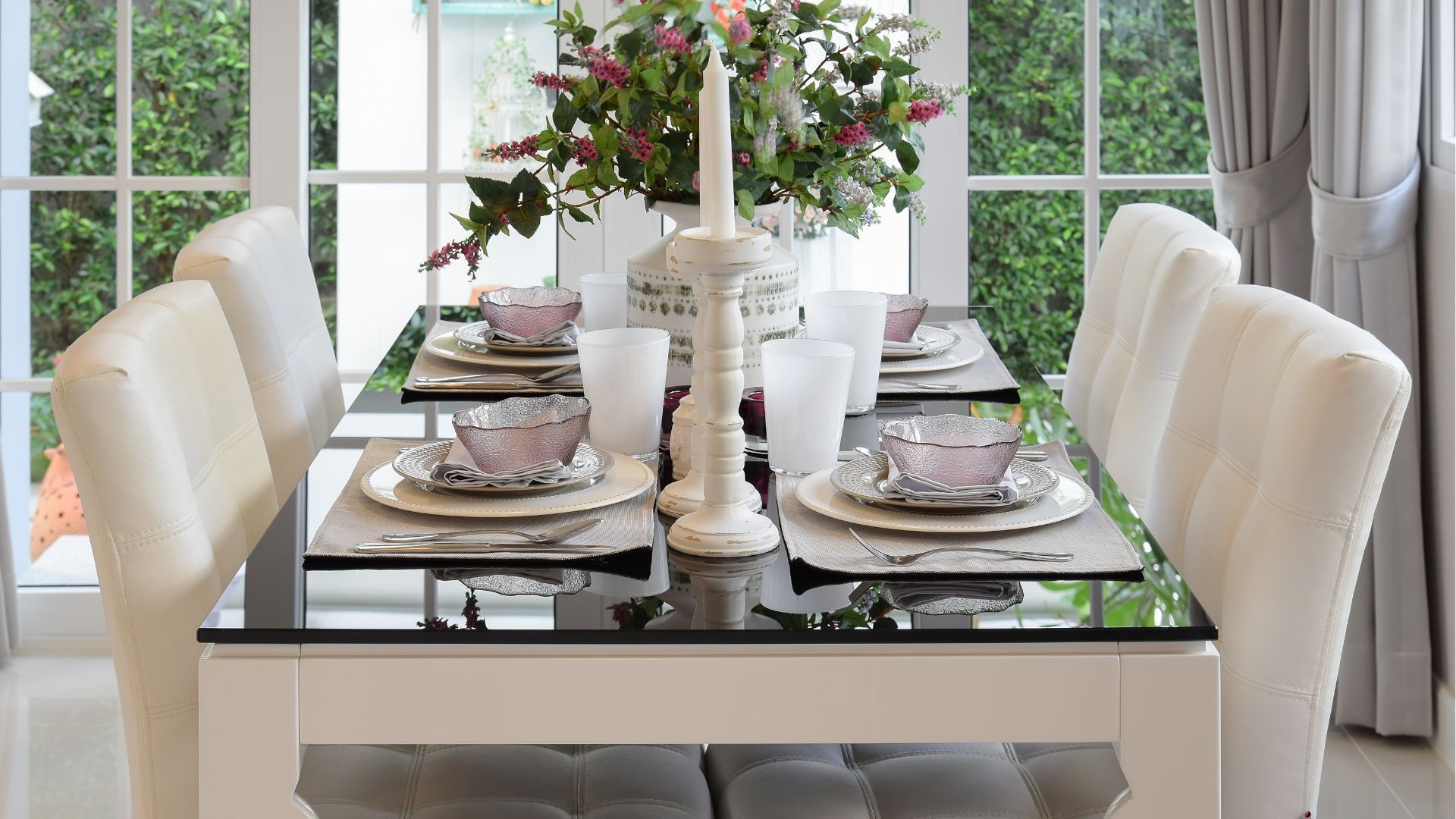U-values made simple (finally)
If you're shopping around for windows, you might have heard of U-values. But what do they mean? And why does it matter? Find out in our guide.
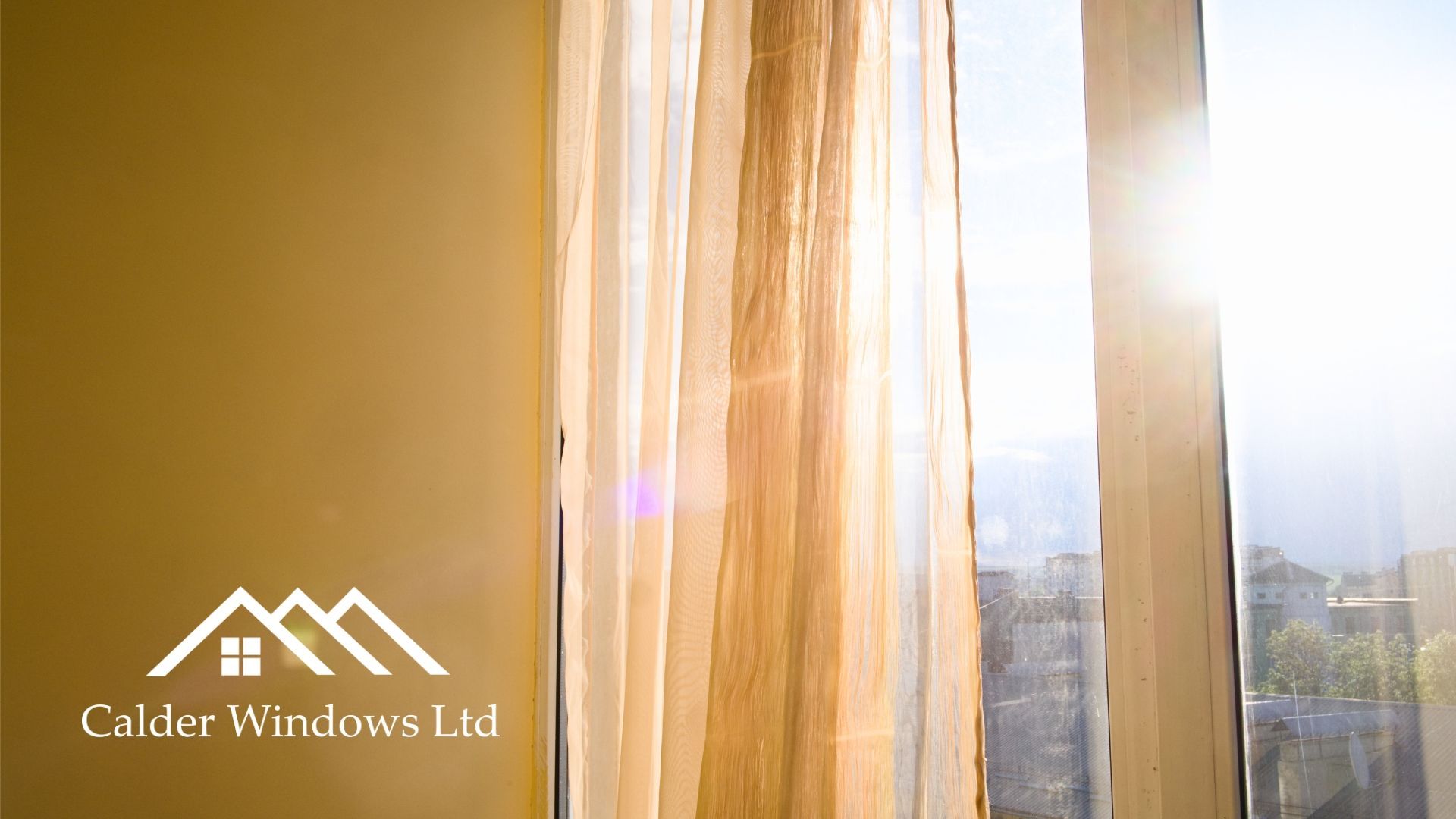
What are U-values? And why should you care?
If you've done a little research about home improvements or heating, you may have come across the term. You might have thought, "'U-value'? That sounds like a budget hardware shop" and left it at that. Perhaps you learned that U-values have something to do with heat efficiency – but then you hit a wall of science and algebra that only a megabrain could scale.
We get it. Type "U-value" into your friendly neighbourhood search engine and you're likely to get an explanation that looks something like this:
"To calculate the U-value of an object (in W/(m²K)), you must sum the thermal resistances of its individual layers (thickness divided by lambda value), while also taking into account the surface thermal resistances of its inside and outside elements."
If you understood that – great, welcome to Harvard. If not, join the club.
There's a reason why U-values are complicated. They were once the preserve of architects and construction engineers – building boffins with calculators and qualifications to spare. It's only fairly recently that they were used to market windows and the like.
So, to save your brain cells from self-destruction, here's an explanation for the rest of us.
What are U-values?
U-values measure the thermal resistance of parts of a building – like, say, a window or a wall.
In simple terms, this means it measures their effectiveness as insulators. In even simpler terms, it shows how good they are at trapping heat.
Why does this matter? Because thermal resistance matters for your wallet and the planet. When our homes trap heat effectively, our heating doesn't have to work as hard. As a result, we use less energy and spend less money lining the pockets of our energy providers.
Is bigger better?
U-values are a bit like golfing scores. The lower they are, the better.
This is because U-values show how quickly heat can make its way through a material. You want your window to have a low U-value because this means that heat gets through very slowly.
A high U-value, by contrast, promises poor insulation and fast heat transfer. In practical terms, this means you're paying to heat your garden as much as your home.
What makes a good U-value?
Unless you're familiar with U-values, it can be hard to know where "good" starts and "average" ends.
We could tell you, for instance, that solid brick walls tend to have a U-value of around 2 W/(m²K). But on its own, this is pretty useless. We may as well say that they score purple on the colour scale – or that they're very W, which is better than F but not as good as B.
To make matters more complicated, what makes a good U-value for a wall might not translate to a good U-value for a window. They're made of different materials and do different jobs – so we have to adjust our expectations accordingly.
However, things become clearer when we start making comparisons. Yes – the easiest way to get to grips with U-values is to take a leaf from WeightWatchers' book and compare befores and afters.
So, you have an uninsulated cavity wall with a U-value of 1.5 W/(m²K). Later, you call in the builders to add insulation. The insulated wall now boasts a U-value of 0.18 W/(m²K).
A quick calculation (1.5 divided by 0.18) shows you that the insulated wall is roughly eight times better in terms of insulation performance. Nice.
What about windows?
As a long-time window supplier and installer, we watch glazing U-values like traders watch the stock market. And we're happy to report that things are looking good.
Once upon a time, windows could take much of the blame for heat loss in our homes. A poor-quality single-glazed window can have a U-value as high as 5.8 W/(m²K). That's roughly three times as high – and three times as bad – as a solid brick wall. Ouch.
But hardly anyone uses single glazing anymore. If you buy a new window nowadays, it will almost certainly be double- or triple-glazed – and it will be specially designed to minimise heat loss and protect our wallets.
With high-quality modern double glazing, you can expect a U-value of around 2 W/(m²K). Much better.
Our
triple-glazed windows take things even further. They use a revolutionary, extra-thick thermal shielding system to deliver better insulation than ever before – and have a U-value of 1 W/(m²K) to show for it.
This means our triple glazing is roughly six times more thermally efficient than some old-fashioned forms of single-glazed windows. That's good news for Mother Earth and Papa Bank Balance.
Is there an easier way?
U-values are complicated and they only show part of the picture. For instance, they don't measure solar heat gain – the amount of heat from direct sunlight that enters a room.
That's one reason why energy performance certificates (EPCs) are often better indicators of a window's thermal performance. Not only do they show the full picture, but they're also a whole lot easier to understand.
EPCs can be applied to a whole property or to an individual component of a property. They measure energy efficiency on a simple scale, ranging from E (worst) to A++ (best).
In the UK, windows have their own form of EPC called a Window Energy Rating. If you're shopping for windows, look for a colourful label marked "Window Energy Rating" or "Energy Window".
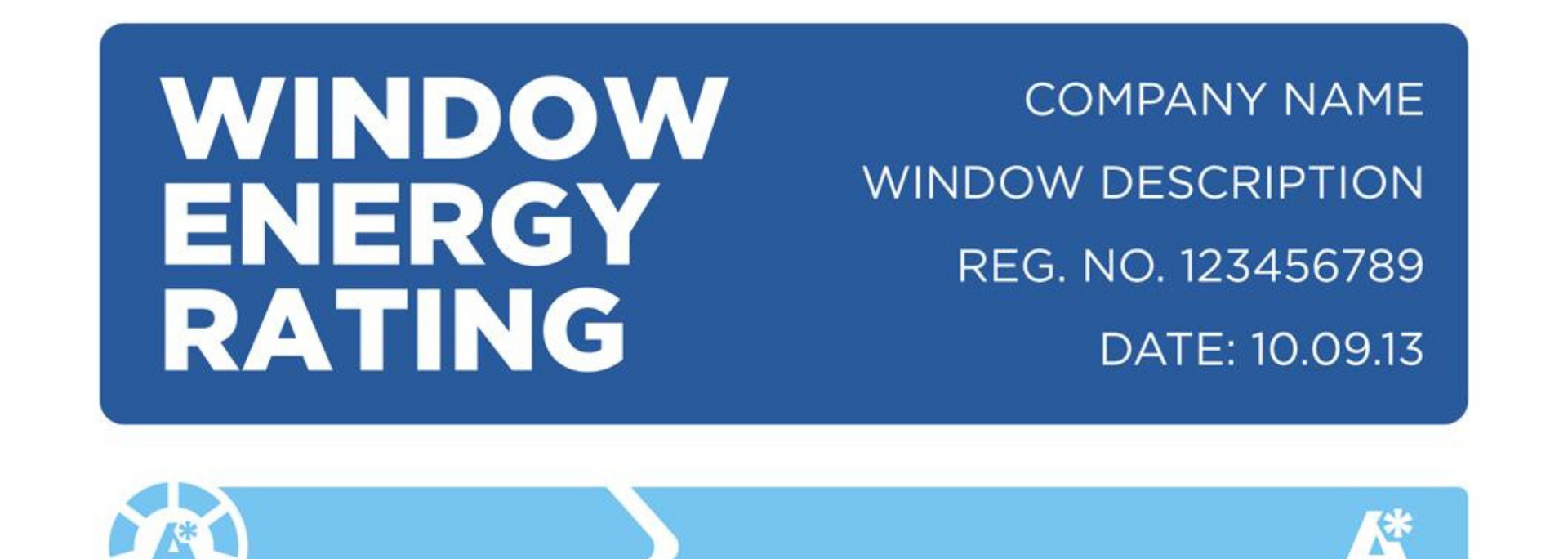
These labels are produced by various schemes and organisations, including the British Fenestration Rating Council (BFRC) and the Thermal Ratings Register.
You don't have to worry about
who
created the label though, because they all measure energy efficiency in the same way. They assign a rating based on the window's U-value, solar heat gain and effective air leakage – a measure of airtightness.
You won't see any new windows with a rating worse than C. This is because building regulations dictate that all newly installed windows must be at least C-rated.
To put things into perspective, our double-glazed windows achieve a rating of A or A+, depending on the type. Our
triple glazing, meanwhile, meets the requirements for an A++ rating: the highest grade on the scale.
Do you want to save on energy bills and help the environment? Calder Windows is West Yorkshire's energy-efficient
window and door specialist. For a quick, fair quote, simply
get in touch with your requirements.
Get a FREE quote
Are you on the lookout for uPVC window fitters in Wakefield or West Yorkshire? With over 30 years' experience and an extensive range of uPVC windows, we can help. Request a quote today or apply for finance and spread the cost.




